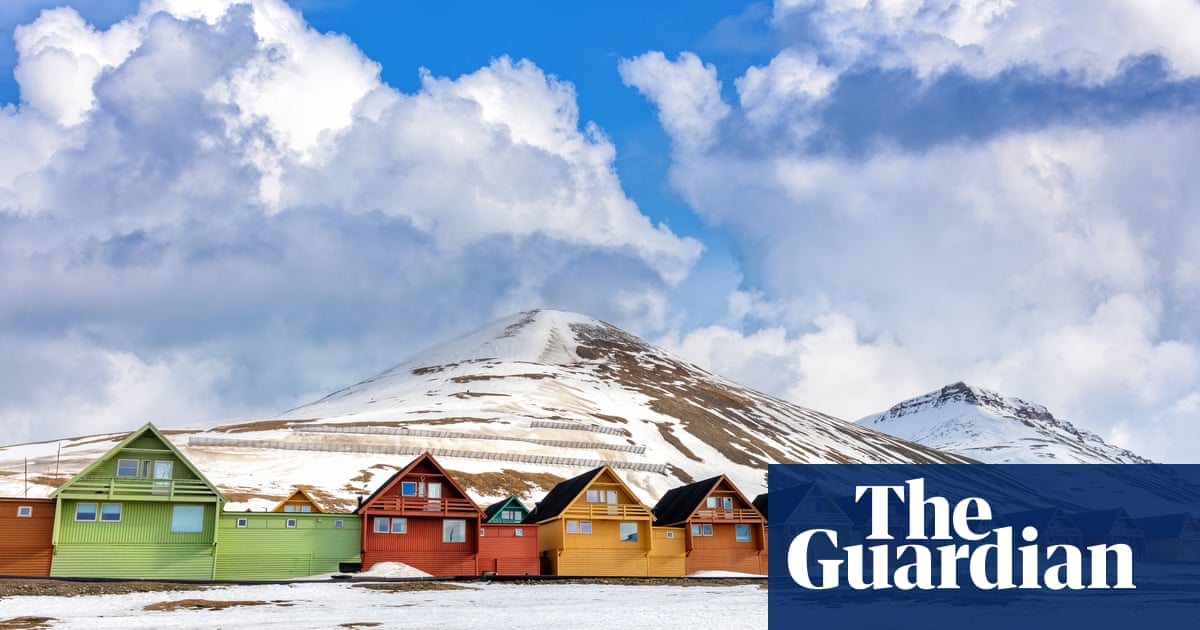The Norwegian government has called off a plan to sell the last privately owned piece of land on the Arctic archipelago of Svalbard in order to prevent its acquisition by China.
The remote Sore Fagerfjord property in south-west Svalbard – 60 sq miles (sq km) of mountains, plains and a glacier – was on sale for €300m (£277m).
The archipelago is located halfway between mainland Norway and the North Pole, in an Arctic region that has become a geopolitical and economic hotspot as the ice melts and relations grow ever frostier between Russia and the west.
Svalbard is governed under an unusual legal framework that allows foreign entities to gain footholds in the region.



This is the best summary I could come up with:
The Norwegian government has called off a plan to sell the last privately owned piece of land on the Arctic archipelago of Svalbard in order to prevent its acquisition by China.
The archipelago is located halfway between mainland Norway and the North Pole, in an Arctic region that has become a geopolitical and economic hotspot as the ice melts and relations grow ever frostier between Russia and the west.
A treaty signed in 1920 recognises Norwegian sovereignty over the territory but also gives citizens of the signatory powers – which include Russia and China – the same rights to exploit its mineral resources.
“The current owners of Sore Fagerfjord … are open to selling to actors that could challenge Norwegian legislation in Svalbard,” said the trade and industry minister, Cecilie Myrseth.
The property, in the south-west of the archipelago where no infrastructure exists, covers protected areas where construction and motorised transport are prohibited, stripping it of commercial value.
In 2016, the government paid €33.5m to acquire the second-last piece of private land on Svalbard, near Longyearbyen, which was also reportedly being eyed by Chinese investors.
The original article contains 381 words, the summary contains 185 words. Saved 51%. I’m a bot and I’m open source!